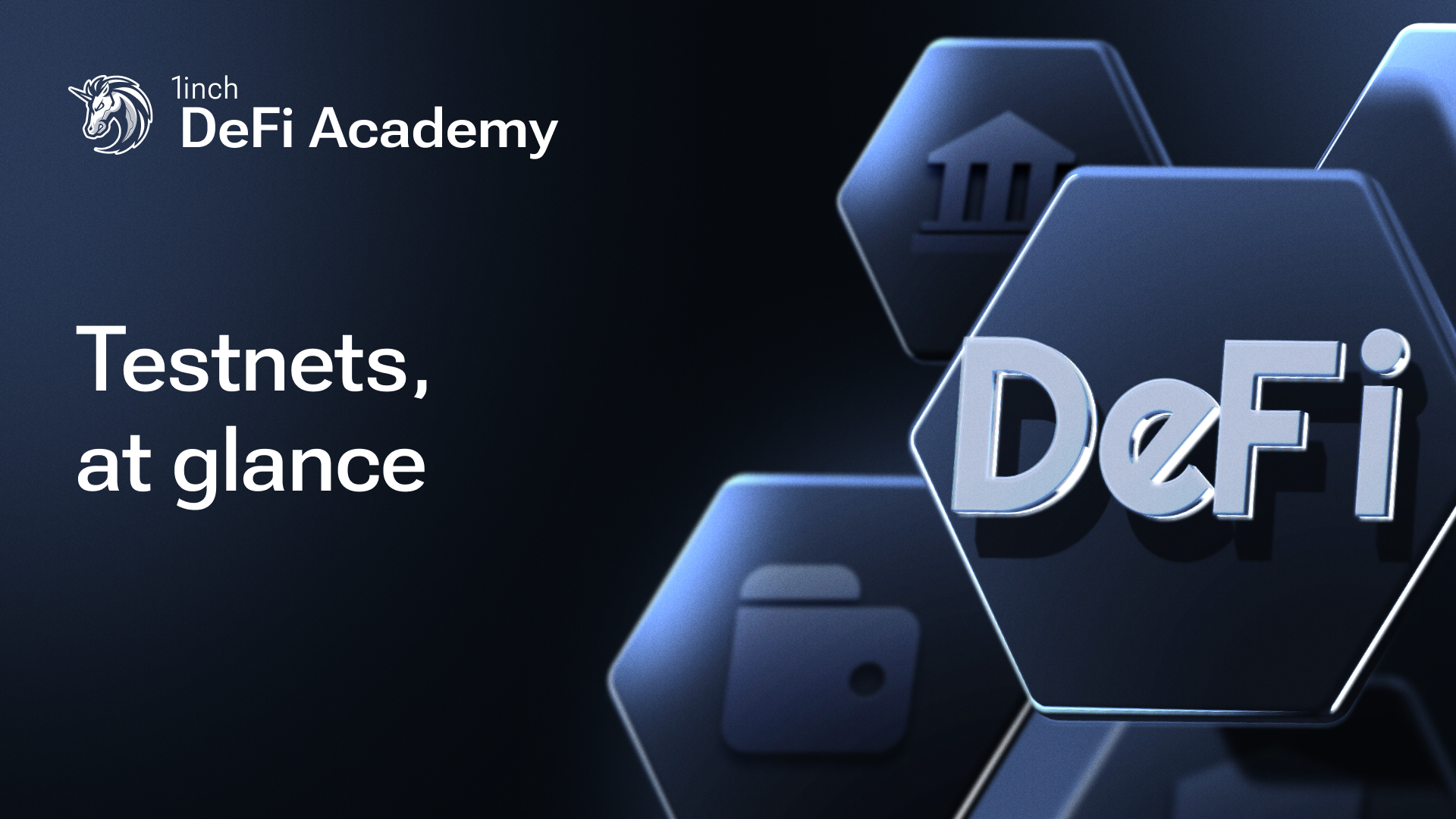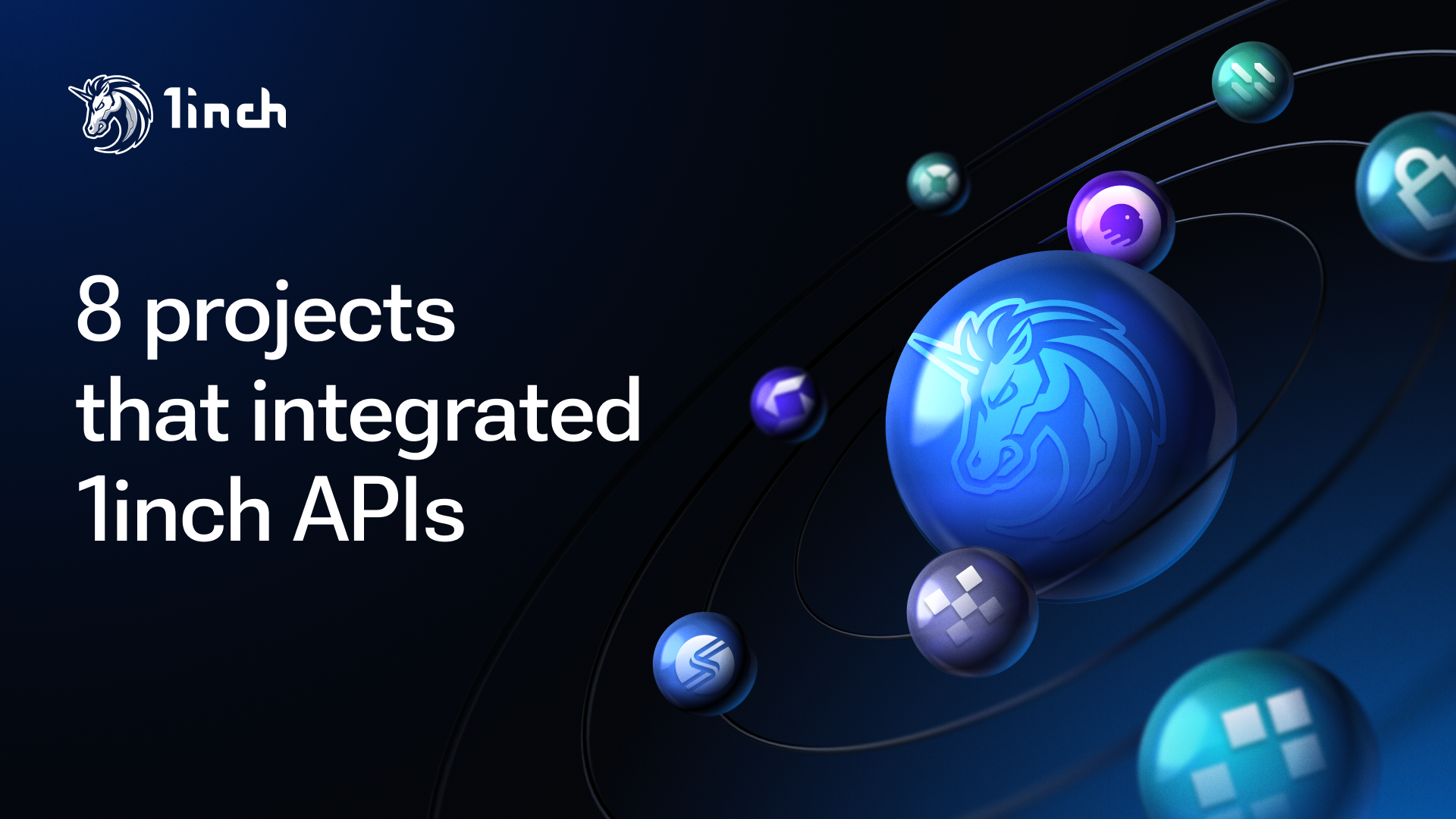Types of DeFi, their pros and cons

Lately, decentralized finance or DeFi has been one of the game changers in the blockchain space. In this article, we will consider the main advantages of DeFi solutions, as well as the most common types of decentralized financial services.
What is DeFi?
Decentralized finance or DeFi utilizes top-notch solutions to remove centralized models in the banking and industry and provide access to financial services anywhere and to anyone.
DeFi services and apps are mostly built on public blockchains. They improve on existing offerings based on traditional models, offering innovative substitutes for existing financial services.
In addition, DeFi apps provide users with more control over their finances through personal wallets and trading platforms that prefer collaboration with customers instead of institutions.
While decentralized finance (DeFi) is based on the blockchain, its applications in the financial world are quite broad. DeFi applications can cover a range of areas, including:
- Prediction markets;
- Derivatives;
- DAO;
- Insurance;
- Yield farming;
- Exchange and liquidity;
- Borrowing and lending;
- Stablecoins;
- Marketplaces.

Advantages of decentralized finance
DeFi offers easy entry to financial markets
Decentralized finance (DeFi) offers investors and traders a better, easier, and more productive method of making financial transfers.
For example, banks require customers to verify their identity before any transfer occurs. This means users have to disclose their personal information. Similarly, a bank evaluates any prospective borrower to make sure they are able to repay the loan before the transaction can happen.
With decentralized finance, there is no need for this. Smart contracts facilitate an enforceable agreement, and the process is automatic.
DeFi pushes up crypto prices
Since DeFi’s advent, the market capitalization of the segment’s major projects has increased significantly. Prices for some hype coins doubled in price in less than a year.
DeFi facilitates transparency
DeFi protocol offers greater transparency than traditional financial institutions can provide. DeFi protocol is created on the blockchain, which makes transactions immutable, ensuring transparency.
Problems and risks of DeFi
Meanwhile, the DeFi ecosystem also has several disadvantages that cannot be ignored.
Third-party audit is needed
DeFi is based on smart contracts that could be sensitive to manipulations and exploits. Therefore, through audit of smart contracts is needed for all DeFi protocols.
Centralized data feed
Blockchains cannot access off-chain info. So, there is a need for a third party to supply real-world data to the blockchain, which makes data centralized and vulnerable to issues related to centralization.
Hacks and other exploit attacks
DeFi projects are vulnerable to hacks and other types of exploit attacks due to misuse of third-party protocols and business logic errors, coding mistakes, flash loans, price manipulation and miner attacks.

Types of DeFi
Borrowing and lending
Users can borrow a crypto asset by providing another one as collateral, and DeFi protocols help make the lending/borrowing process transparent and easy.
Among the largest lending projects in the DeFi market are Aave, Compound and Maker.
Aave lets users lend and borrow crypto assets without third-party interference. A user can take a loan — in cryptocurrencies — from other users instead of banks. However, you still have to put up collateral in other crypto assets.
One of the major complaints voiced by DeFi users is that lending protocols require overcollateralization. It means that to take a crypto loan equivalent to $1,000 on Aave or another lending platform, you need to put up a higher amount in another cryptocurrency. If the latter coin’s price plunges and the amount in collateral no longer covers the sum you borrowed, your collateral can be eliminated. The protocol can just basically confiscate your collateral to cover the cost of your loan, and you’ll lose your funds.
Derivatives
Derivatives can range from asset-backed tokens to decentralized oracles or p2p protocols for prediction markets.
For instance, Synthetix is a decentralized platform that enables the building of Synths — assets based on fiat money, commodities and other crypto assets.
Insurance
Ethereum-based Nexus Mutual offers its customers an ability to pool and share risk through a community-owned insurance alternative known as a discretionary mutual.
Nexus Mutual stresses that it presents an alternative to insurance companies and is run entirely by its members who decide which claims are valid. All member decisions are recorded and enforced by smart contracts on the Ethereum blockchain.

Decentralized exchanges
Decentralized exchanges (DEX) are crypto exchanges that facilitate direct peer-to-peer transactions in a secure way and without the need for an intermediary.
Uniswap is an example of a DEX that allows anyone to create a market or a liquidity pool by providing an equal value of ETH and an ERC20 token. The exchange rate is initially set by the creator of the market, but it is changing as trading takes place and the liquidity of one asset in comparison to the other gets cut. The arbitrage opportunities presented by these changes promote more trading.
Bancor also uses pooled liquidity in place of order books for token exchange. It employs “smart tokens”, which can be used as tokens that hold the monetary value of other virtual coins. In other words, smart tokens hold the reserves of other ERC20 tokens and are connected to smart contracts. On the exchange, smart tokens are utilized for converting from one asset to another depending on the reserves of the tokens.
Kyber is another on-chain liquidity protocol that supplies token exchange with the help of reserves. Customers can make cryptocurrency reserves, which will exist as smart contracts on the Kyber network. When a customer wants to exchange a coin, Kyber will check across all reserves and show the best price.

Payment solutions
DeFi platforms try to make payments seamless, also offering users lower fees than traditional financial institutions charge.
Lightning Network is a product focusing on the Bitcoin blockchain, which induces efficiency in smaller transfers by taking them off-chain. In the Lightning Network, two or more network participants who plan to have a transfer can open a channel by depositing money. They can perform as many transfers as they want without exceeding the total sum of the funds topped up. All transfers will be kept off-chain, and when the channel is closed, the most recent state of the off-chain ledger will be renewed on the blockchain.
Connext is another DeFi product related to payments. Like the Lightning network, it too uses an off-chain solution for fast, low-cost micropayments. Connect requires its customers to pick up a Dai card that has an Ethereum wallet. The Dai card can be downloaded for up to $30 with ETH or DAI. The Dai cardholder can then transfer money to any other customer with the same card.
xDAI Chain is a payment solution with a 5-second block time and very gas fee. It is an Ethereum sidechain that uses the Proof of Autonomy (POA) consensus algorithm. In the POA consensus algorithm, only US public notaries can become validators and are controlled by a Decentralized Autonomous Organisation (DAO). In the xDAI network, xDAI tokens, supported by DAI in a 1:1 relation, have the same role as Ether has in the Ethereum blockchain.




























